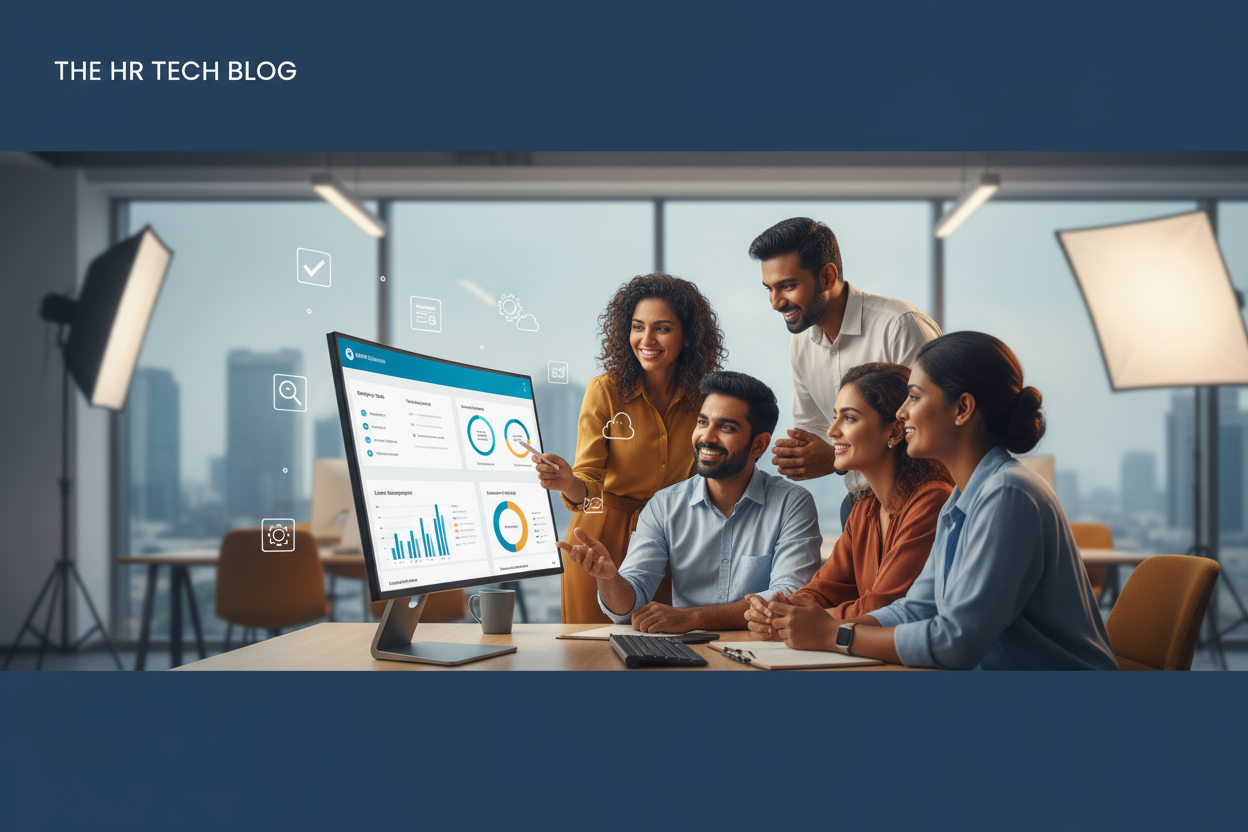Your basket is empty
Already have an account? Log in to check out faster.
Already have an account? Log in to check out faster.

Choosing the right HR software can feel overwhelming. Every platform promises to “simplify HR” or “automate everything,” but not all solutions deliver what your business truly needs.
In Sri Lanka, where HR teams often juggle payroll, compliance, attendance, and performance manually, selecting the right software isn’t just about ticking off a list of features — it’s about finding a system that actually fits the way your organization works.
At Gallery HR, we’ve seen firsthand how the right HR system can transform chaos into clarity. So before you sign up for a demo or request a quote, here’s your complete checklist — with a few things most companies forget to consider.

Before comparing software, take a step back. What specific problems are you trying to solve?
Is it payroll errors? Manual attendance tracking? Performance reviews that take weeks?
Every business has unique pain points. The best HR software is the one that aligns with your daily operations, not just one that looks impressive on a feature list.
For example, a growing marketing agency may prioritize attendance and performance tracking, while a manufacturing firm might need shift scheduling and compliance monitoring. Define what matters most — and let that guide your choice.
Some HR systems look powerful but are hard to use. If your team struggles to navigate dashboards or generate reports, adoption will fail quickly.
Choose a platform that’s intuitive, visually clear, and easy for both HR professionals and employees to use.
Gallery HR, for instance, is built for simplicity — minimal training required, with dashboards that anyone can understand at a glance.
Remember: the best software is one your team actually wants to use.
In Sri Lanka, HR software must handle local compliance requirements — EPF, ETF, PAYE, and other statutory deductions — without manual calculations.
Make sure your HR system can:
Automatically calculate and record EPF/ETF contributions.
Generate monthly reports ready for submission.
Update rates and regulations automatically when policies change.
Compliance mistakes can cost time and money. Automating them gives you peace of mind.

HR data is sensitive — it contains salaries, addresses, and personal details.
Your chosen system should protect this information with encryption, role-based access, and secure cloud storage.
Gallery HR uses enterprise-level data protection standards, ensuring that employee information stays private and accessible only to authorized users.
Your business will evolve, and your HR system should grow with it. Choose a solution that can integrate with other tools such as accounting software, biometric attendance systems, or communication platforms.
Scalability is key. Whether you have 10 employees today or 500 tomorrow, your HR software should adapt without extra complexity or hidden costs.
No matter how user-friendly a system is, your team will have questions. Check whether your vendor provides ongoing support, onboarding sessions, or training resources.
Gallery HR offers dedicated local support — so you don’t waste hours waiting for answers from overseas help desks. Having quick access to help ensures your team can stay productive.
Here’s the spoiler: HR software isn’t just about what it does — it’s about how it feels.
A great system creates an experience that empowers employees, reduces HR stress, and fosters transparency. From digital payslips to online leave management, every interaction should feel effortless.
If your HR team still spends hours chasing attendance logs or correcting payslips, then your software isn’t doing its job.
A Sri Lankan retail chain with over 80 employees once managed everything through spreadsheets. Payroll errors, delayed reports, and compliance headaches were constant.
After switching to Gallery HR, all HR processes became automated:
Payroll processed in minutes.
EPF/ETF calculations handled automatically.
Employees accessed payslips and leave requests online.
The result? A 70% reduction in admin workload and happier employees.
Never buy HR software without a trial or demo. The best vendors will let you explore their system with real data.
During the trial, ask:
Is it easy to use daily?
Can reports be generated quickly?
Do employees find it convenient?
A short trial can reveal far more than a sales presentation.

Selecting HR software isn’t about finding the tool with the most features — it’s about finding the one that fits your people, processes, and goals.
With Gallery HR, Sri Lankan companies get more than a platform. They get a partner that understands local compliance, simplifies everyday HR tasks, and empowers teams with data-driven insights.
Choose smarter. Choose simpler. Choose Gallery HR — the HR solution built for real businesses and real people.
👉 Visit galleryhr.com to start your journey toward effortless HR management today.
0 comments